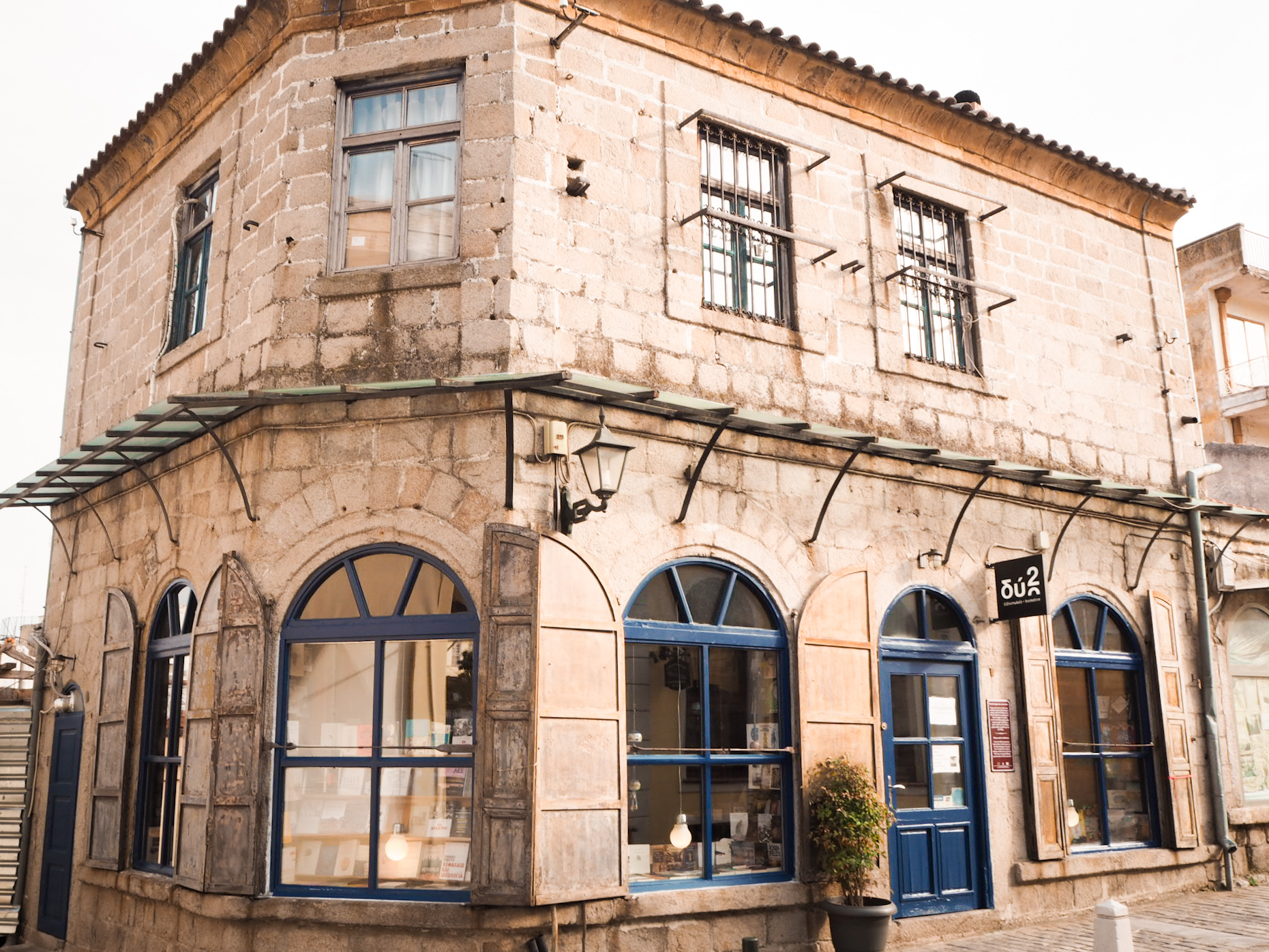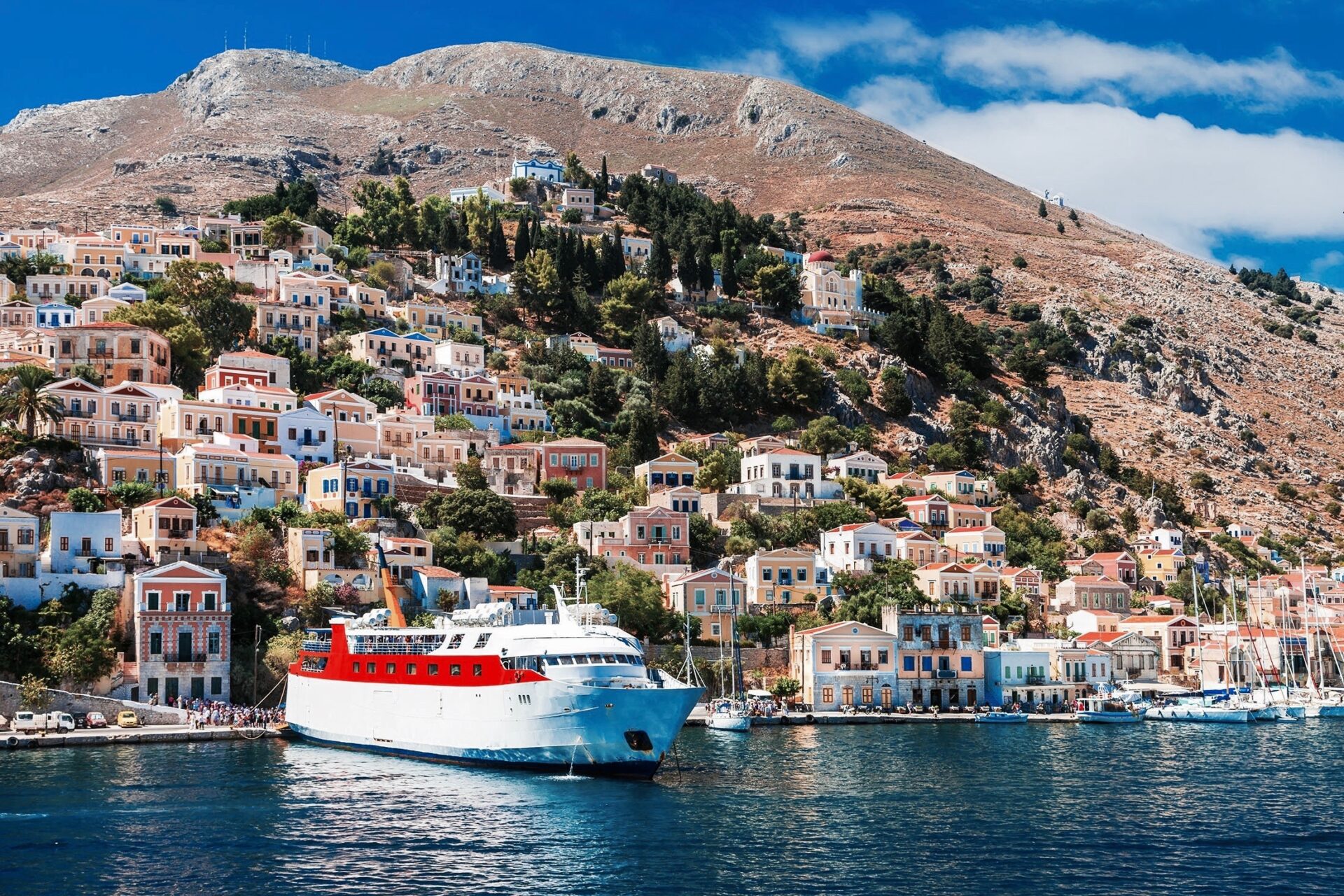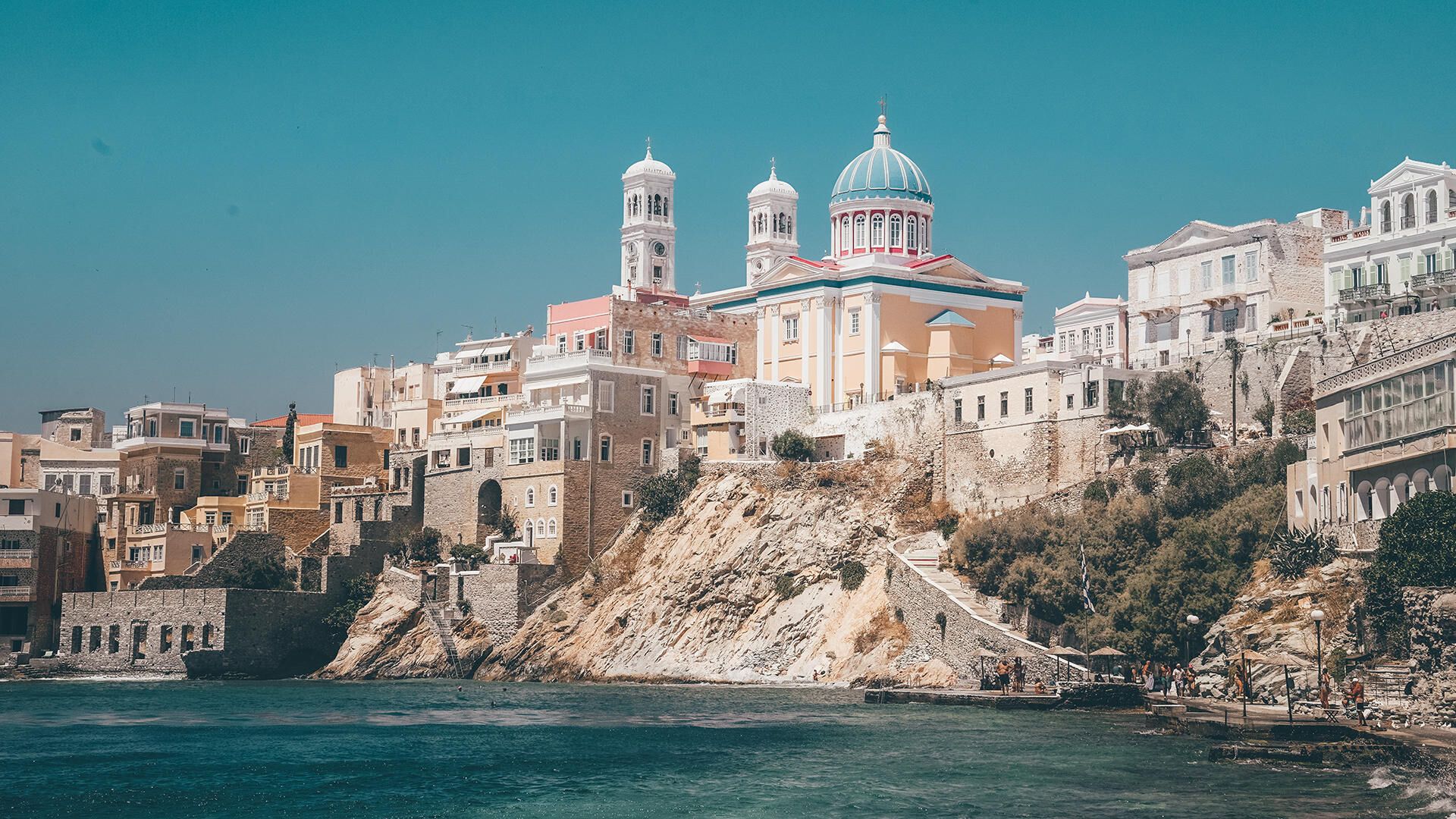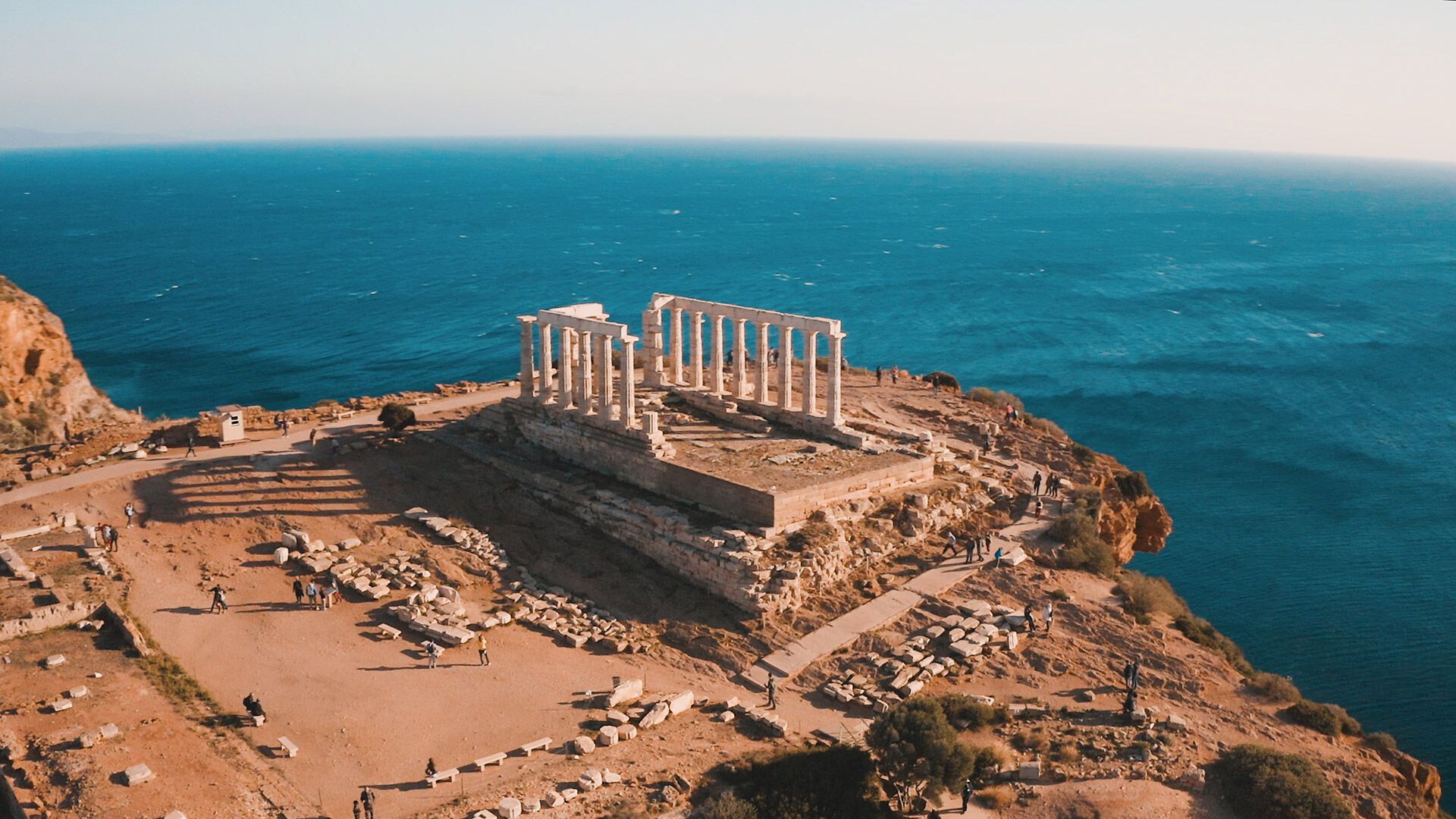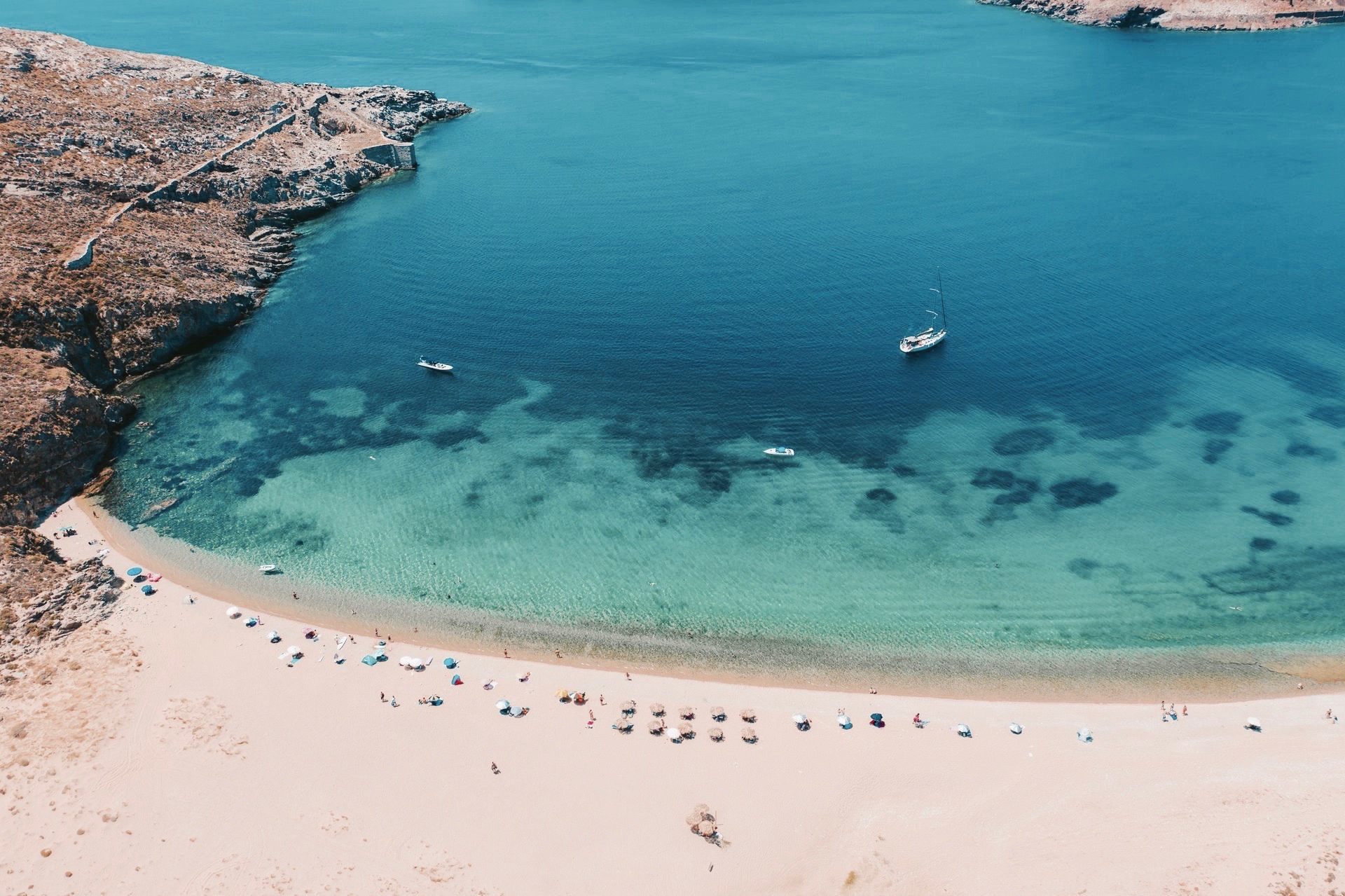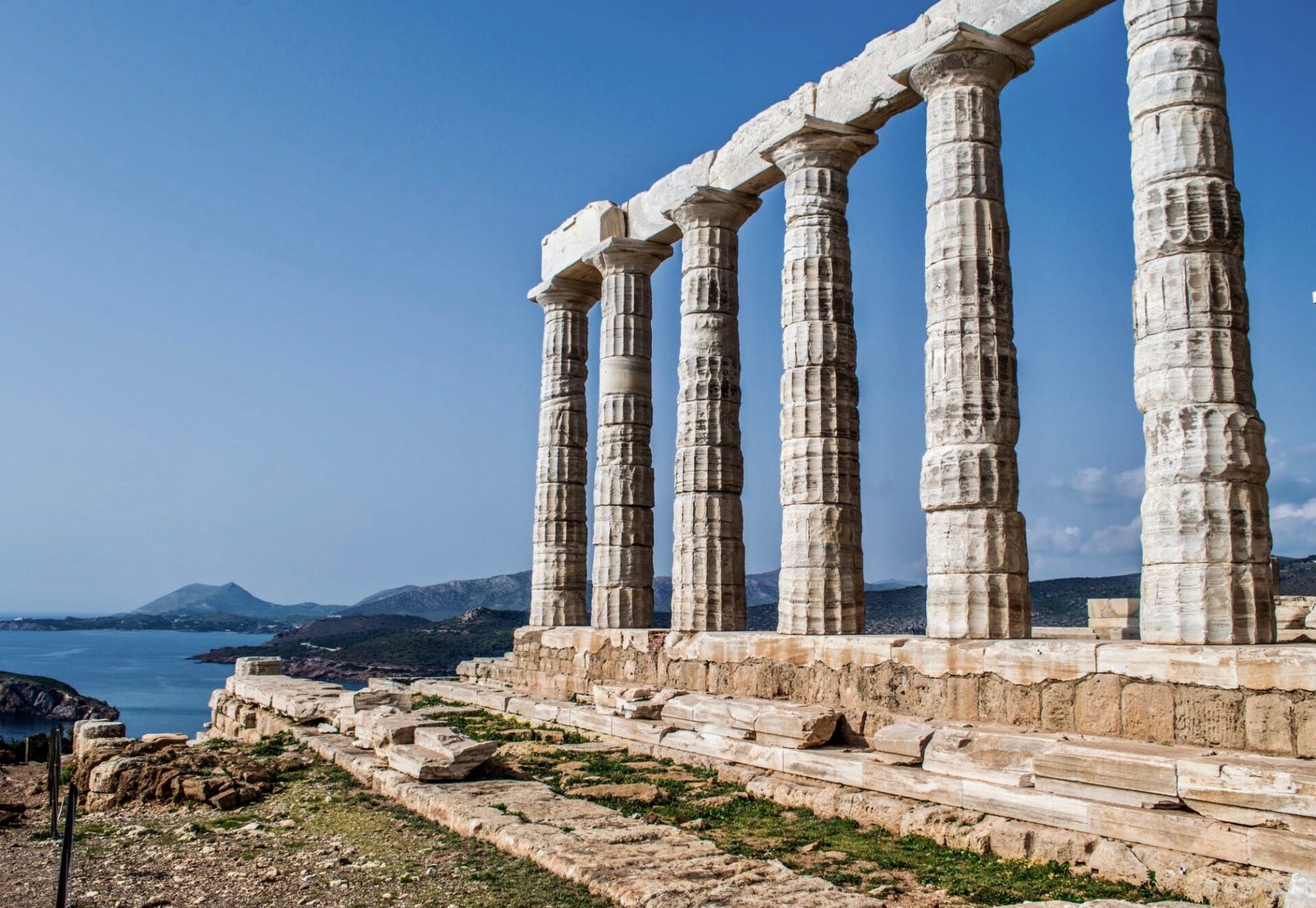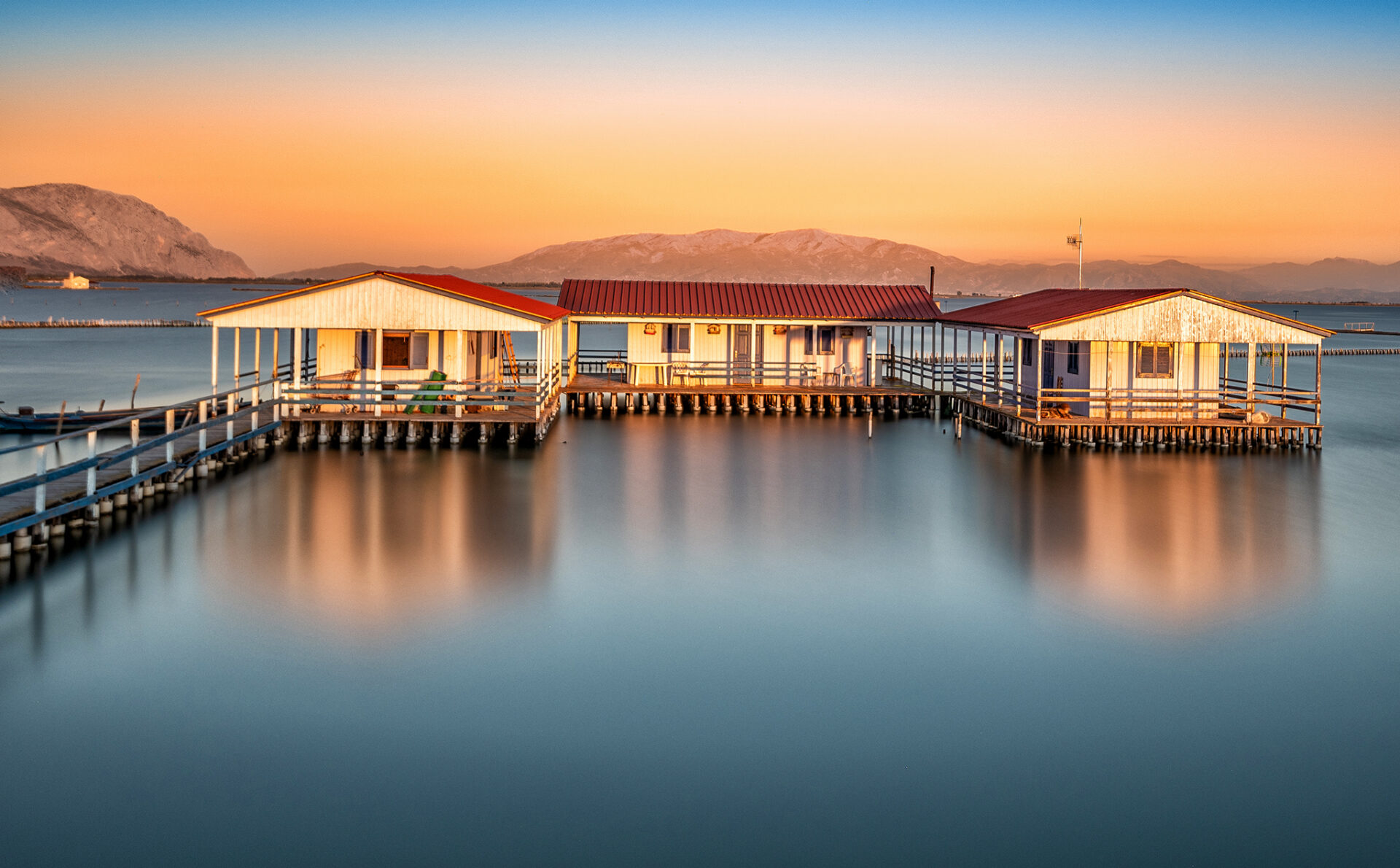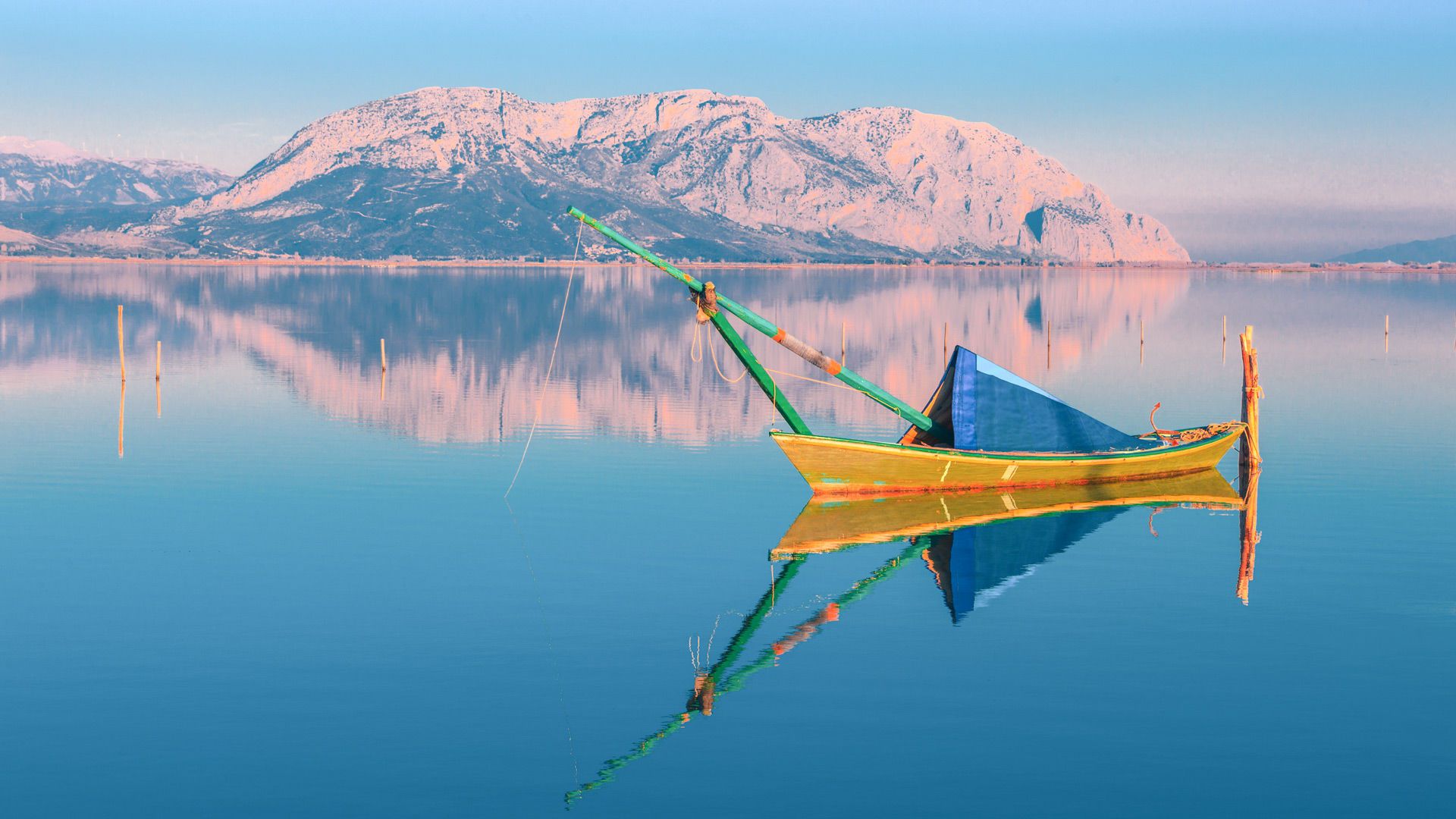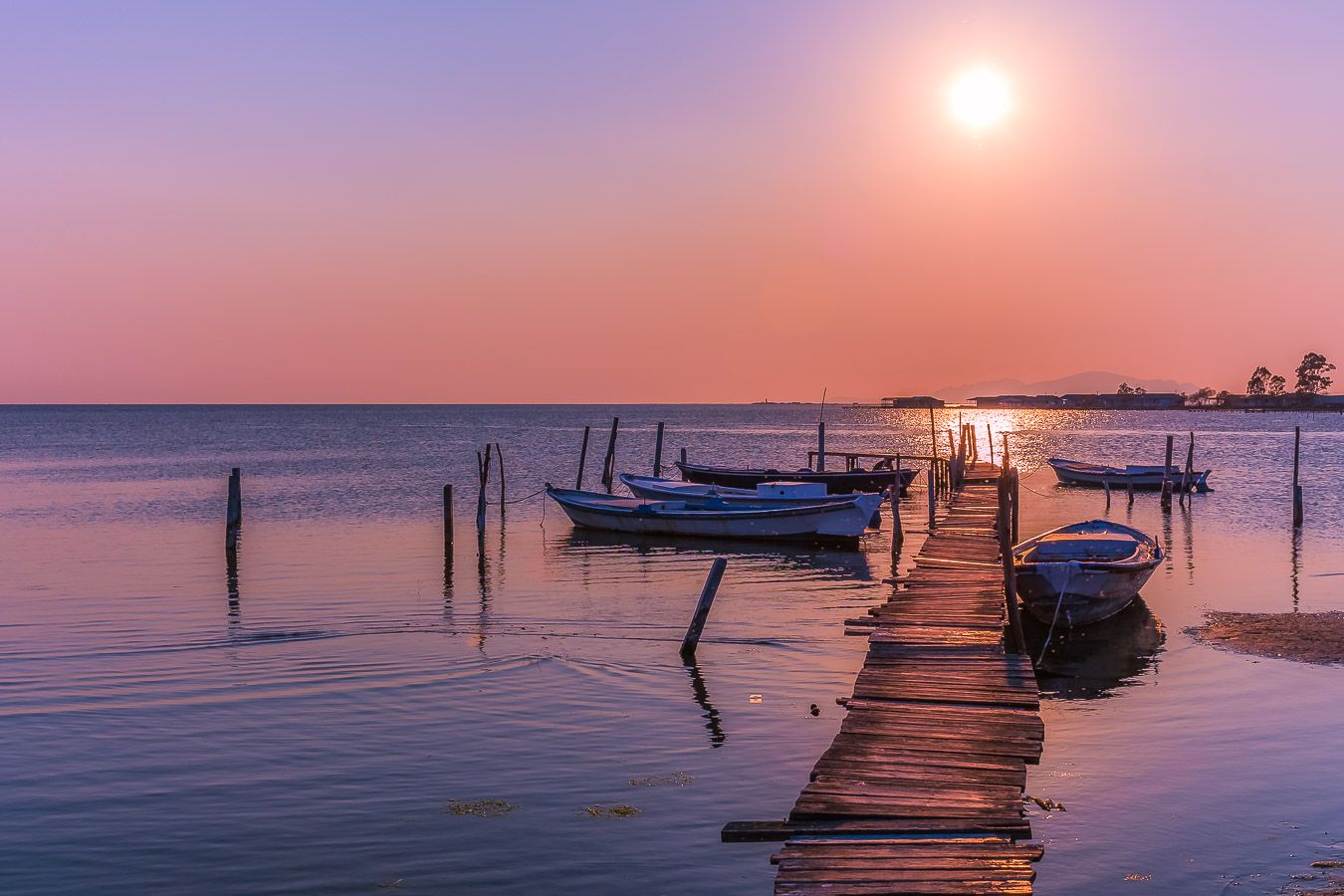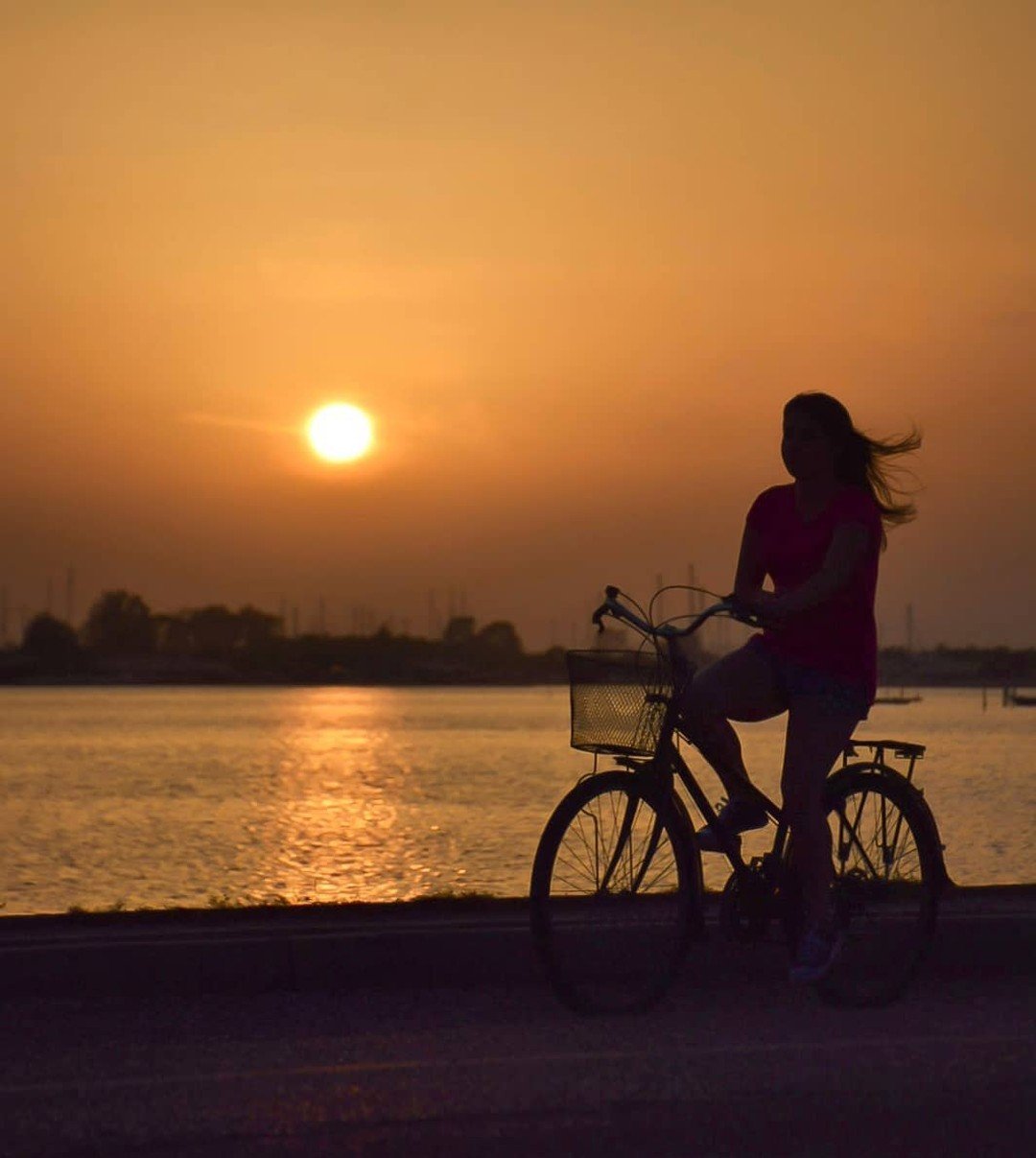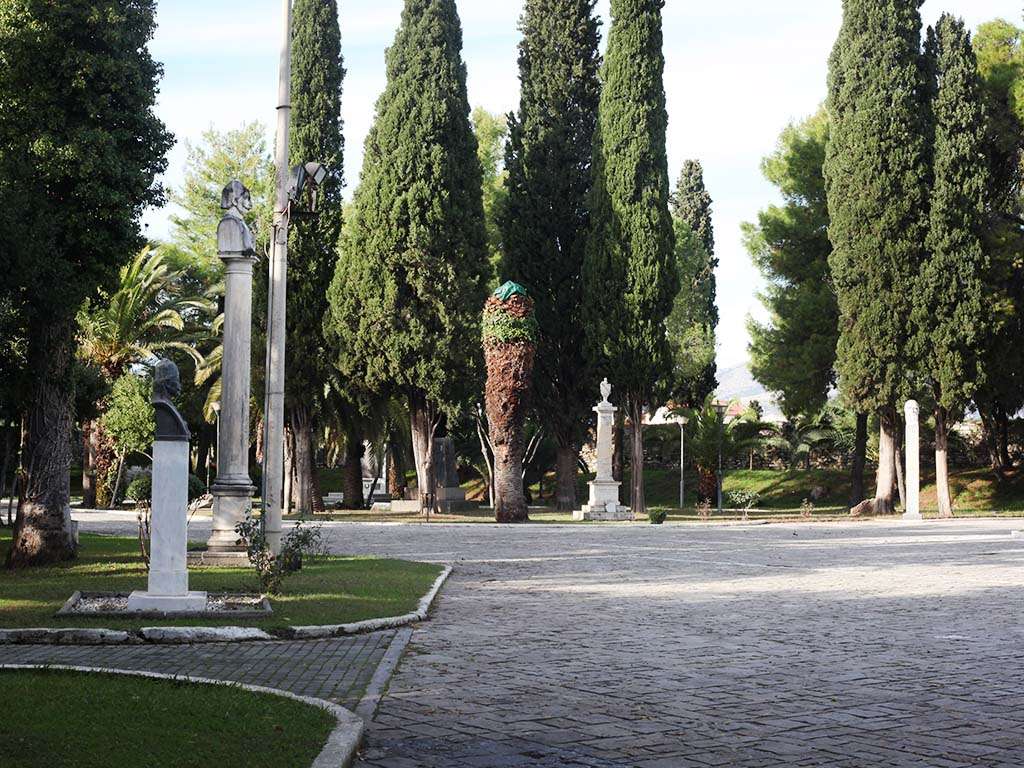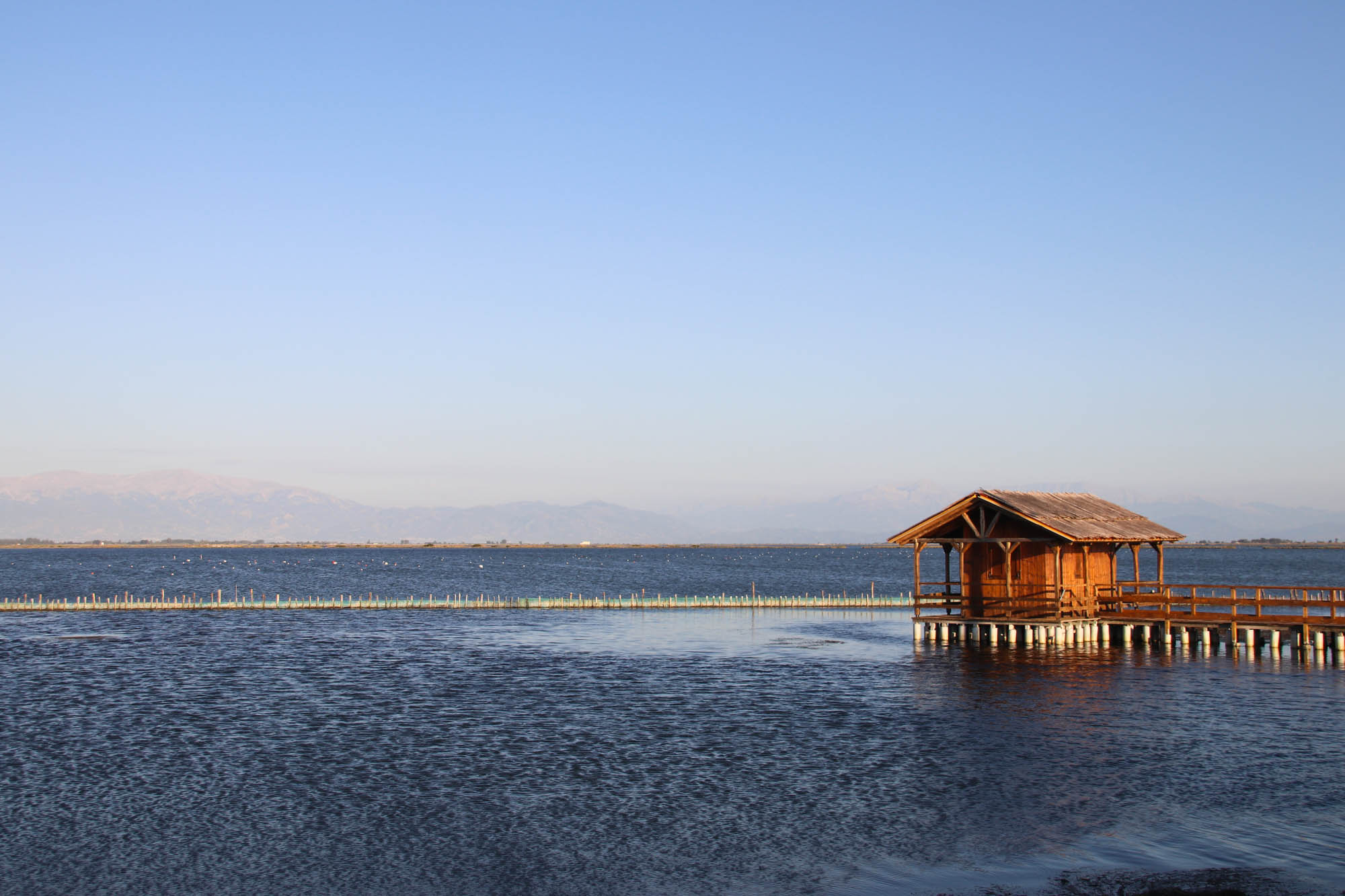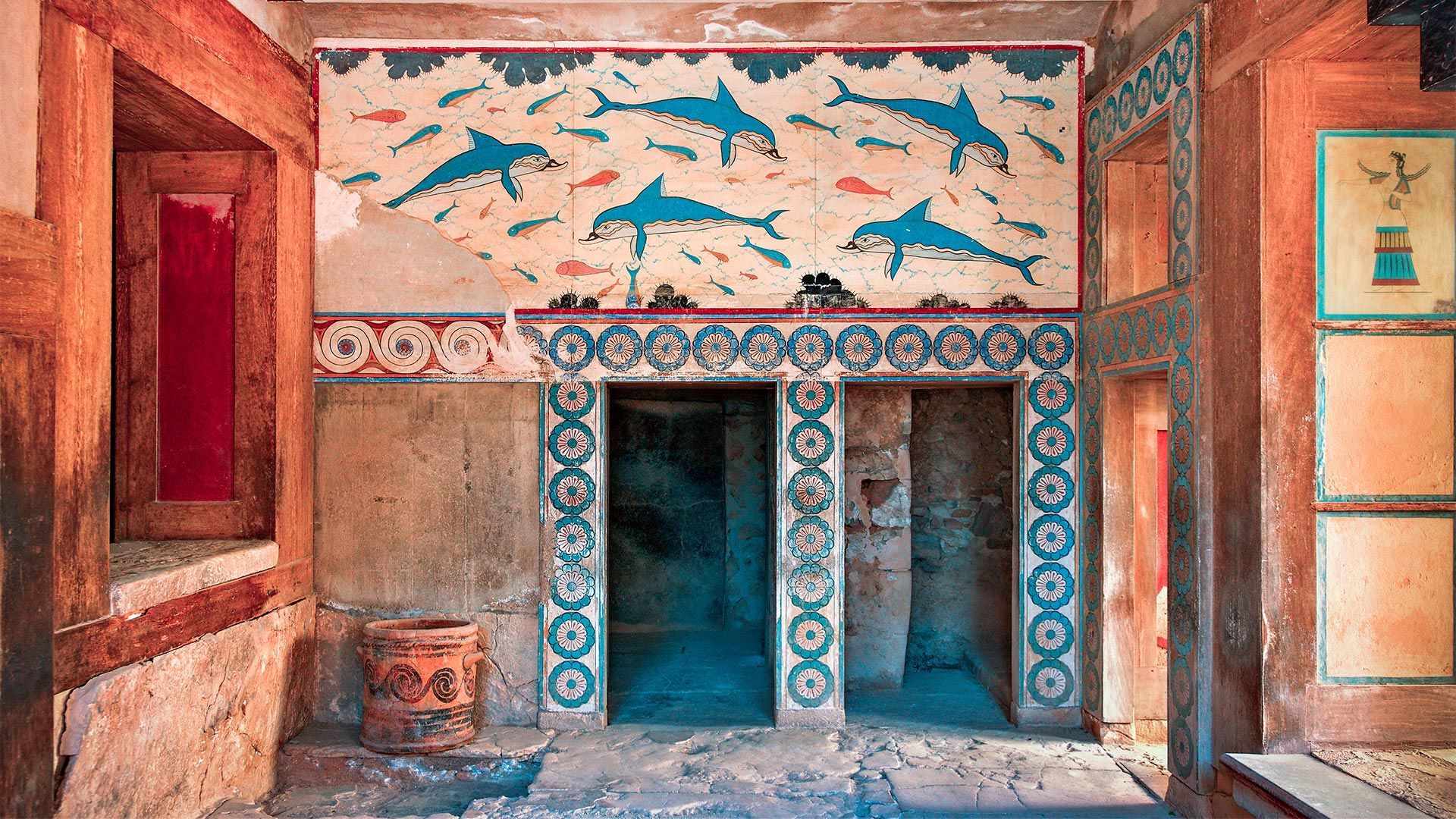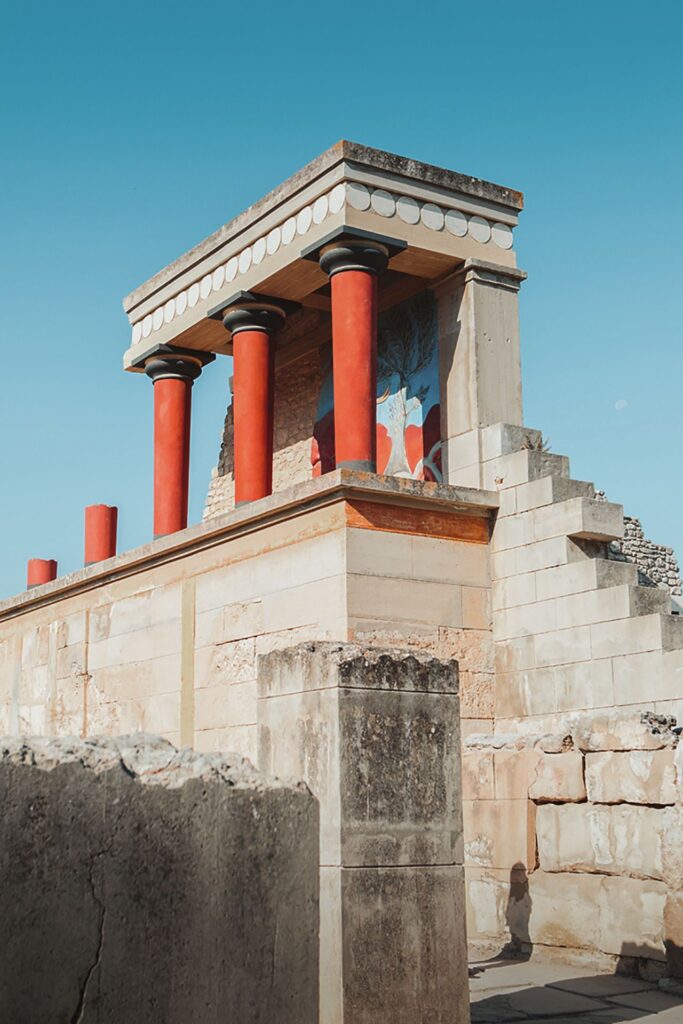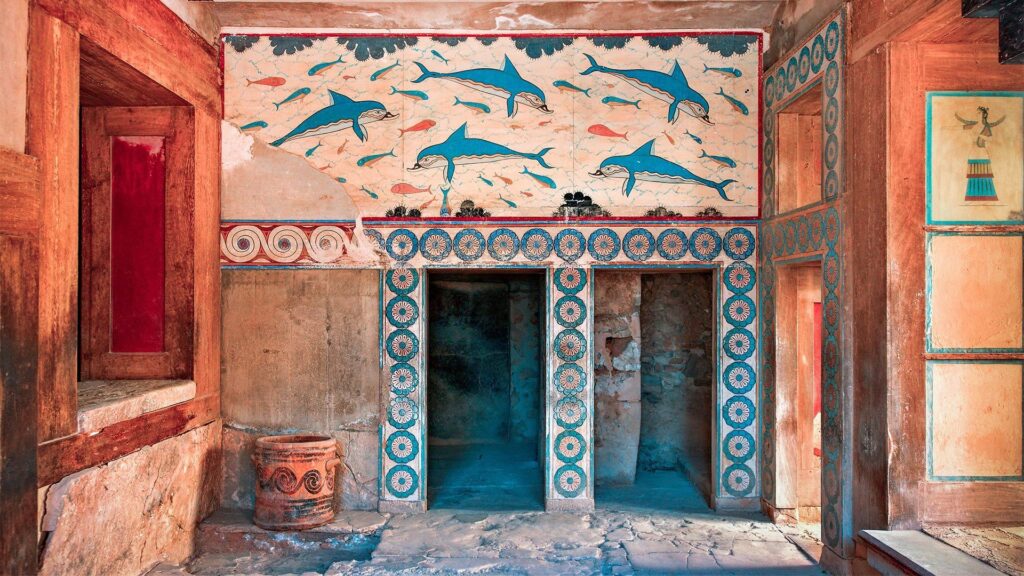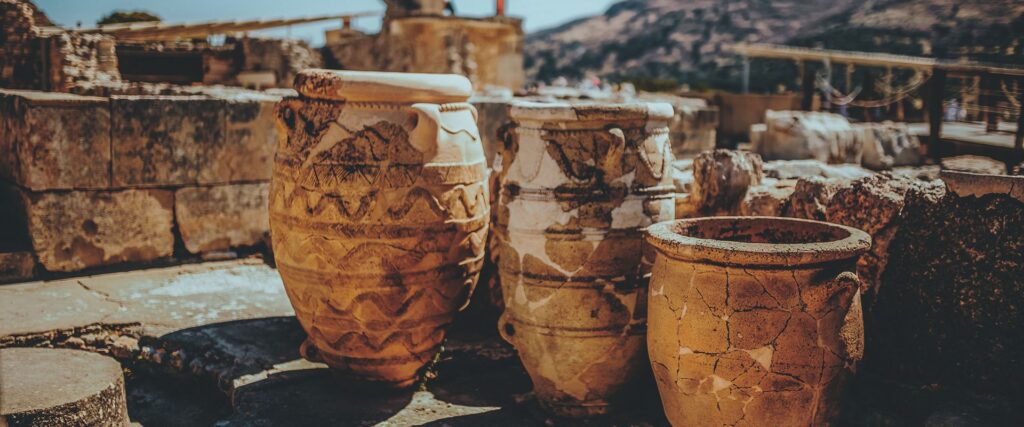When you think of the city of Xanthi, two aspects vividly come to mind, the excessive carnival celebrations and the Old Town. The best way I can describe the latter is encapsulated in one word: nostalgia!
The Old Town of Xanthi is an enchanting settlement in the heart of the city that has remained unaffected by time. It is a magnet for visitors, especially on a warm day, filled with colours and aromas. A concoction of picturesque cobbled streets, buildings with evident features of the Ottoman empire once ruling the city, rows of 19th-century houses with dilapidated balconies and throngs of tourists photographing every corner of it. A mixture of Edinburgh’s Circus Lane and Malta’s Mdina, if you like.
We embarked on a tour of the Old Town of Xanthi early on Sunday morning in an attempt to avoid the crowds. Our tour started on El. Venizelou 17 at Grand Maison, the beautiful house where the famous music composer, Manos Hadjidakis, was born and raised.
Built in 1895 by an Austrian architect, this neoclassical mansion with baroque elements belonged to Isaac Daniel, a rich Jew living in Xanthi, and not the Hadjidakis family as most people think.
The building was recently restored under the guidance of Hadjidaki’s relatives to honour his life and work in the best possible way. Nowadays, it serves as a museum and cultural centre open to the public.
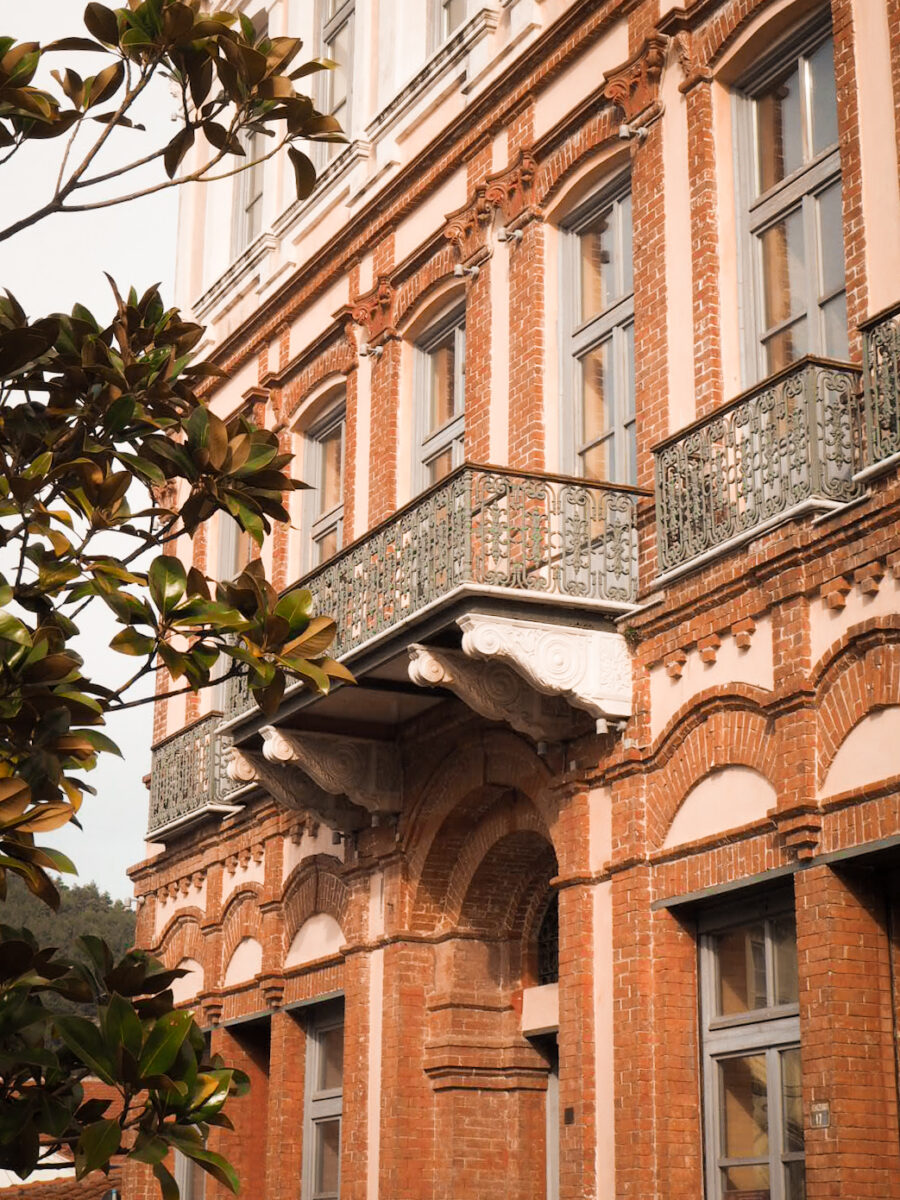
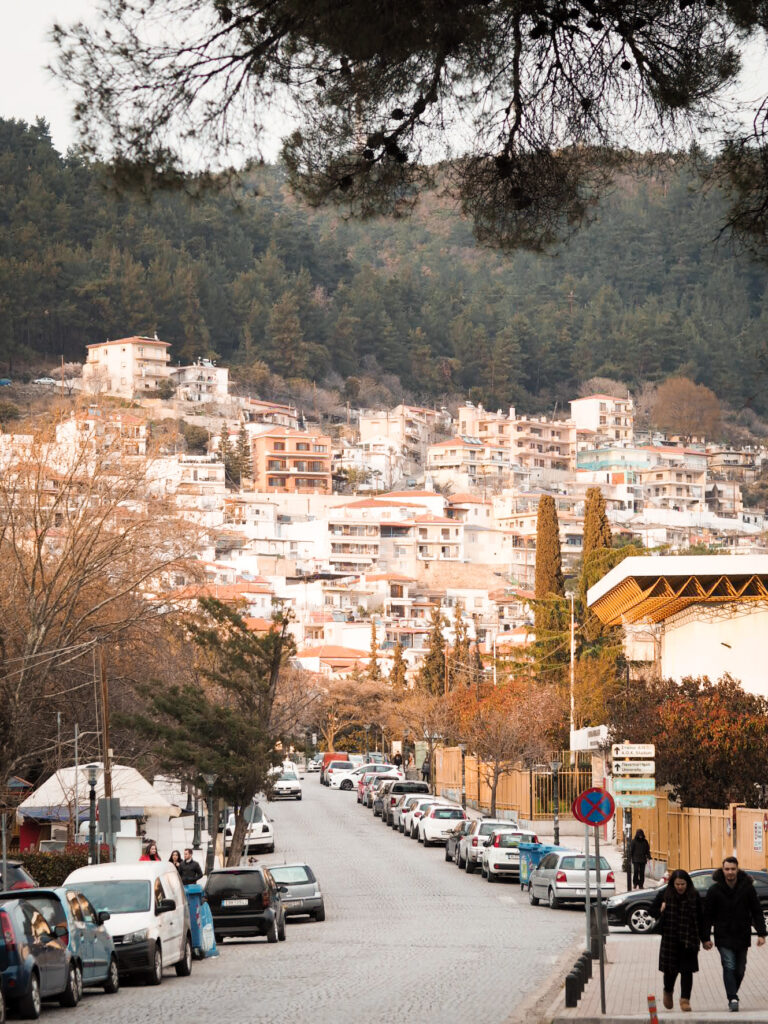
It is said that the Holy Church of St. Vlassios facing Grand Maison has been the inspiration behind the artist’s composition of music mixing Byzantine and ancient Greek elements. The basilica was built in 1838 and in the courtyard lies a school and the priest’s residence. The inward-looking style of the three buildings is a common feature in Ottoman structures found in Turkey and Greece. The church courtyard is elevated three meters from the road level so that people can catch sight of it as houses on El. Venizelou were hiding the building.
The tour continued uphill on Agiou Vlassiou street with the mansion of Dr. Constantine Karabetsis on the corner. Built in 1896 by European architects in neoclassical style with a typically enclosed balcony (sachnisi) in the centre the mansion stands out for its aesthetic and character. The painting on the ceiling of the entrance hall was done by the Maltzi brothers, some famous artists from Aivali in Asia Minor (today Ayvalik, Turkey). Unfortunately, like many other buildings in Xanthi’s Old Town, the building is in deer need of restoration but visitors can still see signs of its former glorious life.
We kept walking on Agiou Vlassiou street and went past many neoclassical mansions until we met the magnificent Residences of the Michaloglou family, a complex of four dwellings built in 1890, built by the Northern Epirus tobacco merchant, Ioannis Michaloglou, for his children.
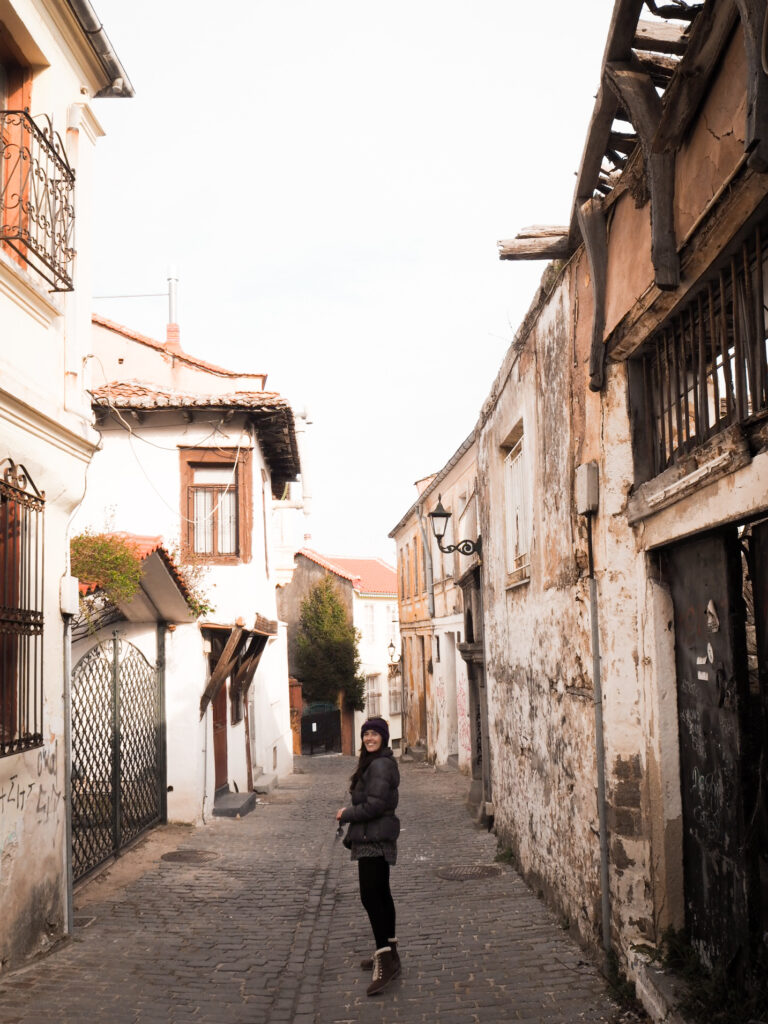
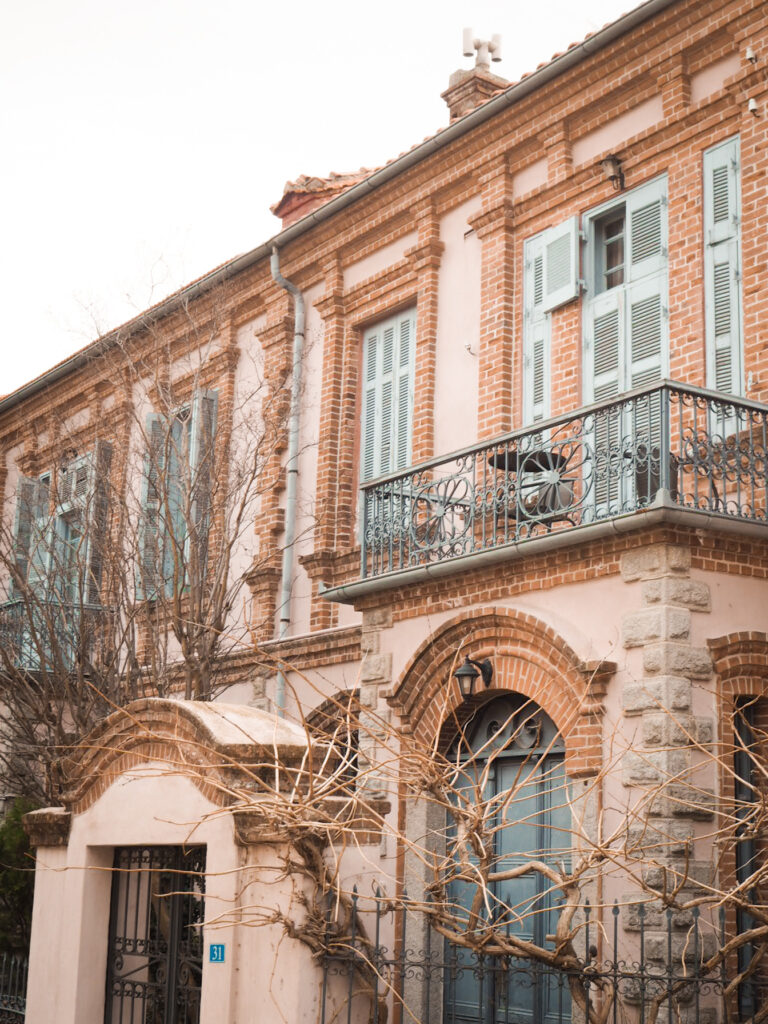
A bit further away on Botsari street lies Muzaffer Bey’s mansion (konah). The building features both Thracian and Ottoman elements making it one of the most remarkable examples of local architecture. It was built during the 1860s with three floors and two wings in the form of the Greek letter Π. Today the building belongs to the Municipality of Xanthi and it is under construction. Back to El. Venizelou street, we found a beautiful house and store built in 1880 by a group of craftsmen from Epirus. The presence of the blue arched windows is something often seen in commercial buildings of the early 20th-century in Xanthi.
Suddenly, we felt famished so we headed towards Antika square for some coffee and nibbles. This scenic square is a meeting point for many locals as it is surrounded by many well-known bars, traditional tavernas and bars. We sat at Favela Chic Art Bar and enjoyed the views of the little square and the crowds of people passing in search of a place to sit and enjoy the day. On the other side of the square is a round symmetrical building that now hosts one of the most famous cafe bars ‘Bread and Chocolate‘. This impressive building was once the harem of the Ottoman ruler Mehmet Pasha!
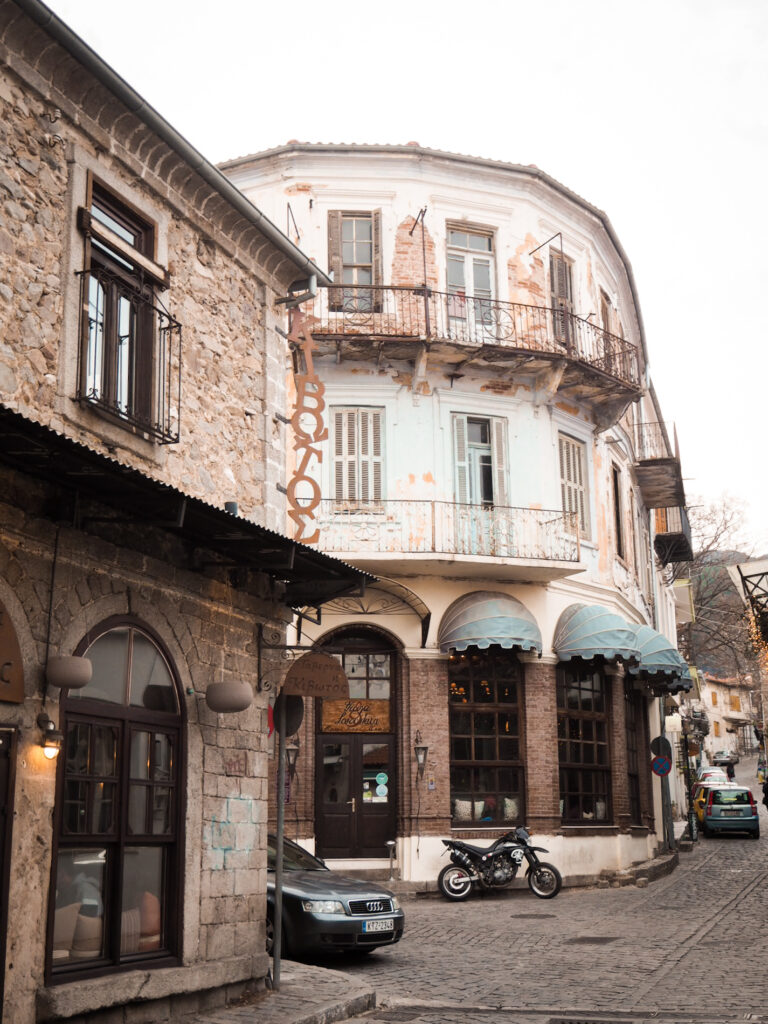

It was getting dark when we left so with no more time to explore under the daylight, we went for a quick wander around the square shops.
There is so much to do and see in the Old Town of Xanthi, we promised to be back very soon. Hopefully, this will be the time that we will get the full tour of the Old Town as there are still so many more mansions and historic buildings to discover.
Until next time!
Images by Anastasia Fountouli ©

